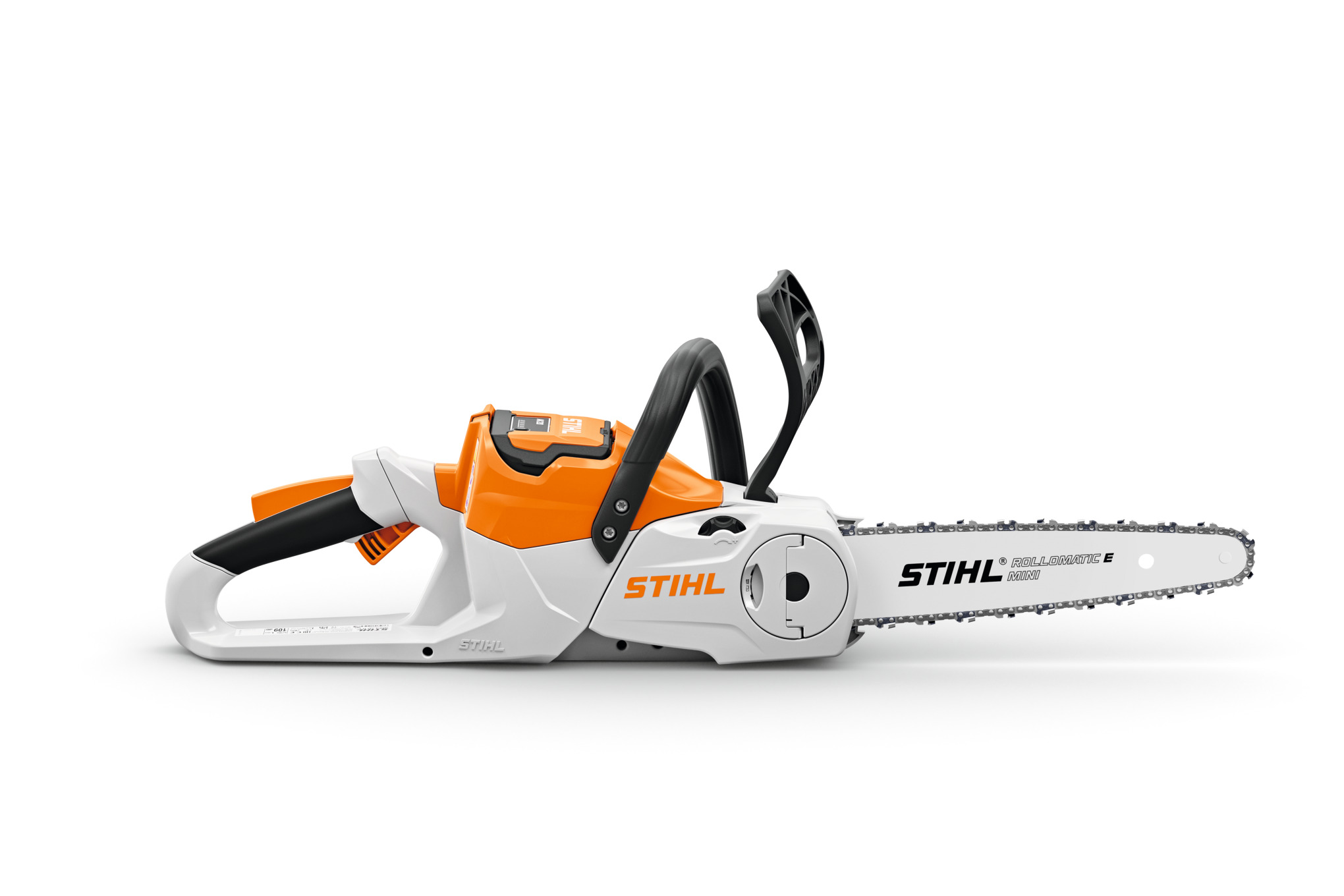When it comes to using air tools, having the right compressor size is crucial for optimal performance. The size of the compressor directly affects the tool's efficiency, power, and overall productivity. In this article, we will delve into the factors to consider when determining how big of a compressor to run air tools, ensuring that you make an informed decision for your specific needs.
- Understanding Air Tool Requirements:
Before selecting a compressor, it is essential to assess the air tool's requirements. Each tool has unique air consumption specifications, typically measured in cubic feet per minute (CFM). By identifying the CFM rating of your air tools, you can estimate the minimum CFM capacity your compressor should have to meet their demands. - Factoring in Air Tool Usage:
Consider the frequency and duration of air tool usage. If you frequently use multiple air tools simultaneously or for extended periods, you will need a larger compressor to maintain consistent air pressure. Additionally, intermittent tool usage may require a compressor with a larger tank capacity to ensure an uninterrupted air supply. - Calculating CFM Requirements:
To accurately determine the CFM requirements for your air tools, add up the CFM ratings of all the tools you intend to use simultaneously. It is crucial to consider the tool with the highest CFM rating, as this will dictate the minimum CFM capacity your compressor should have. However, it is advisable to choose a compressor with a slightly higher CFM rating to accommodate any future tool additions or increased air demands. - Considering Pressure Requirements:
Apart from CFM, air tools also require a specific operating pressure, usually measured in pounds per square inch (PSI). Ensure that the compressor you choose can provide the required PSI consistently. Most air tools operate effectively at around 90 PSI, but it is essential to check the manufacturer's recommendations for each tool. - Evaluating Compressor Types:
Different compressor types, such as reciprocating, rotary screw, or centrifugal compressors, have varying capabilities and efficiencies. Reciprocating compressors are suitable for intermittent use, while rotary screw compressors are better suited for continuous operation. Consider the compressor type that aligns with your air tool usage patterns and requirements. - Assessing Tank Size:
The tank size of a compressor affects its ability to store compressed air. A larger tank size allows for more significant air storage, reducing the frequency of the compressor cycling on and off. This ensures a steady supply of compressed air and prevents pressure drops during tool usage. However, if your air tools demand a high CFM rate, a larger tank alone may not suffice, and you may need a compressor with a higher CFM rating.
Conclusion:
Selecting the right compressor size for running air tools is crucial for maximizing tool performance and efficiency. By considering the CFM and PSI requirements of your tools, evaluating usage patterns, and assessing compressor types and tank sizes, you can make an informed decision. Remember, it is always better to choose a compressor with slightly higher specifications to accommodate future needs. Invest time in researching and understanding your air tool requirements to ensure optimal productivity and longevity of your equipment.

